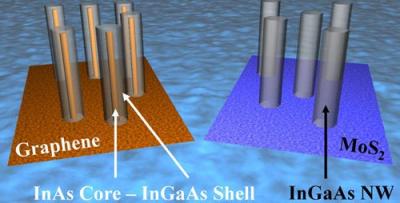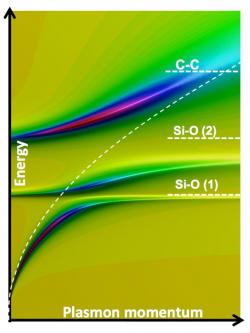Will graphene be useful as a 3D printing material basis?
 American Graphite Technologies (AGT) is going to research the possibility of using graphene-based materials as the working materials for 3D printing. AGT will collaborate on this with Ukraine's Kharkiv Institute of Physics and Technology ("KIPT"). AGT and KIPS are still "finalizing the details" on the agreement and will issue more information shortly.
American Graphite Technologies (AGT) is going to research the possibility of using graphene-based materials as the working materials for 3D printing. AGT will collaborate on this with Ukraine's Kharkiv Institute of Physics and Technology ("KIPT"). AGT and KIPS are still "finalizing the details" on the agreement and will issue more information shortly.





